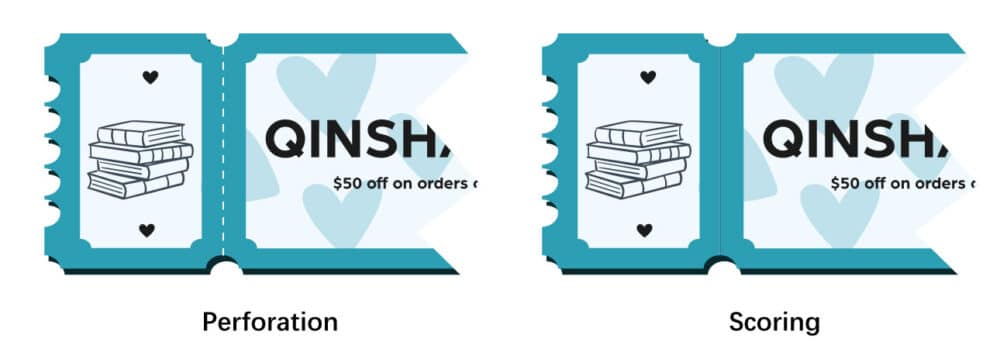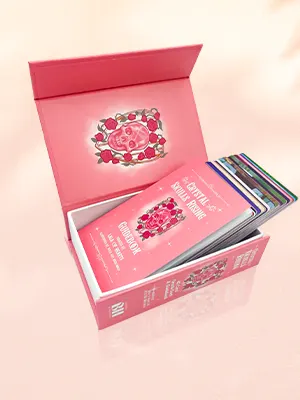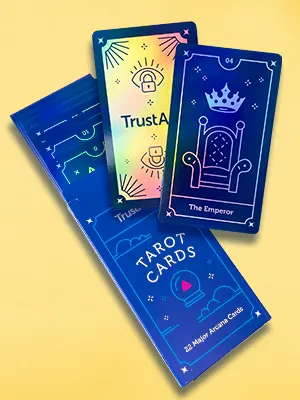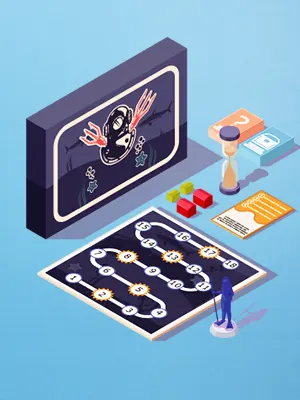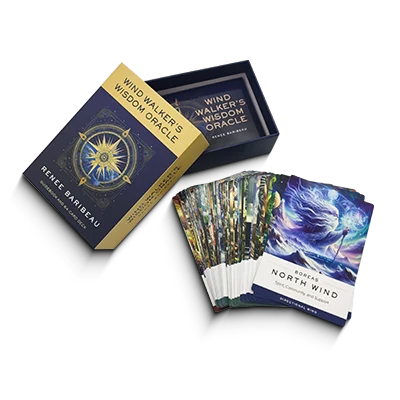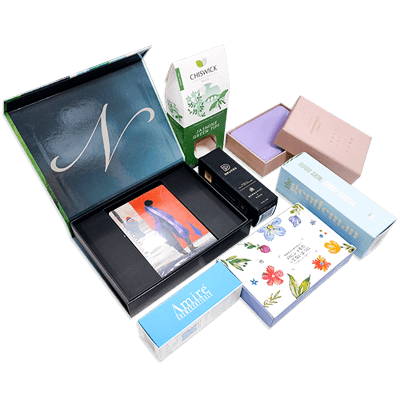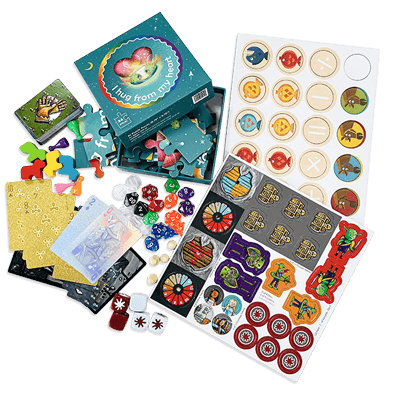Perforated Line
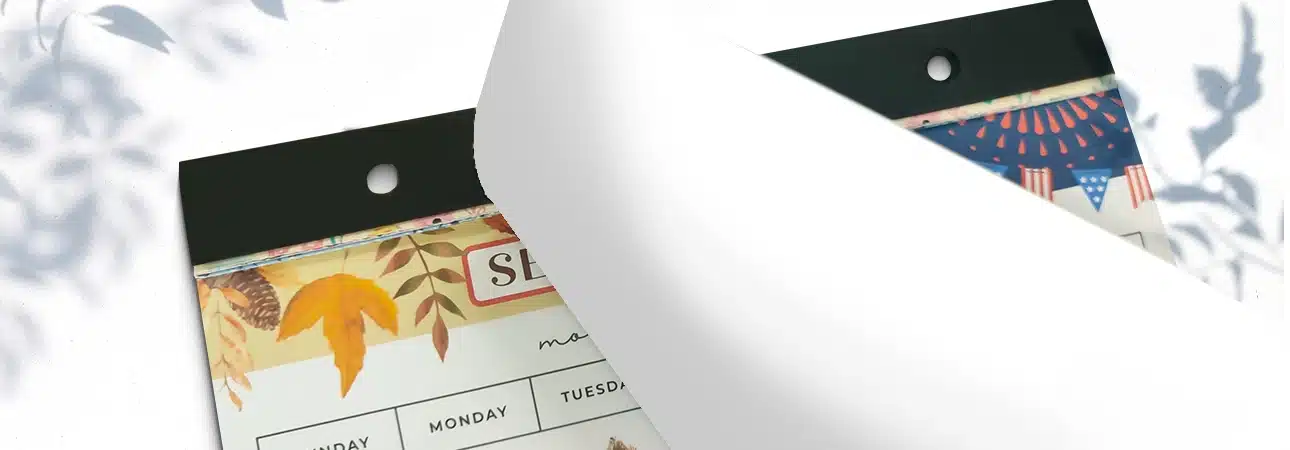
What Is a Perforated Line?
Perforation is a finishing process that creates a row of small holes or slits—called perforated lines—that allow parts of a printed sheet to be torn off cleanly and easily. It’s commonly used in books, coupons, tickets, calendars, packaging, and more.
Technically, perforation is a type of die cutting. A special perforation rule is installed in the cutting die, alternating between cutting blades and gaps to create evenly spaced slits. This allows the material to be partially cut in a controlled way—weak enough to tear, but strong enough to stay intact until needed.
How Perforation Works
The tear strength depends on the perforation ratio, which refers to the length of the cut versus the uncut space. Common ratios include:
- 1:1 – equal cut and gap length
- 1:2 – the gap is twice as long as the cut
- 2:1 or 3:1 – longer cuts and shorter gaps, making it easier to tear

Products That Commonly Use Perforation
- Tear-off pages in coloring books, order forms, brochures, and calendars
- Coupons and event tickets
- Packaging flaps (e.g., envelope closures, seal-end boxes)
- Rip strips on promotional mailers
- Tags, labels, and feedback cards
Common Types of Perforation
Single-Line Perforation
A single dashed line, typically used in coupon books, desk pad calendars, activity books, and flyers.
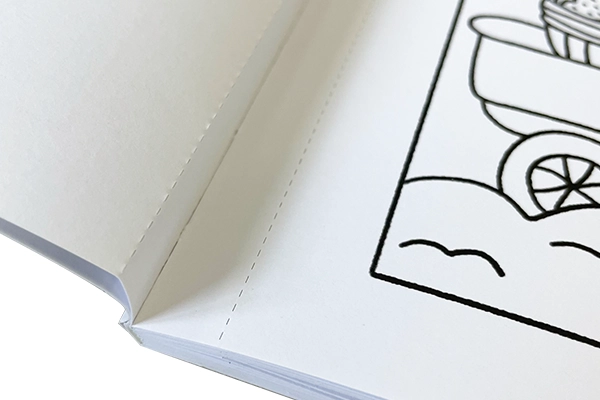
Double-Line Perforation (Rip Strip)
Two parallel perforated lines form a removable strip—like a zipper. This type is common in packaging, promotional booklets, and cookbooks.
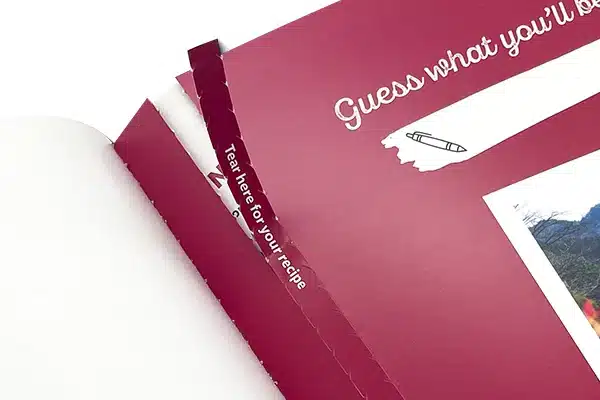
Perforation vs. Scoring
- Perforation helps tear off part of the printed material
- Scoring creates a crease for clean folding without cracking
These techniques are often used together in packaging and printed materials that require folding, such as mailers and folded brochures.
